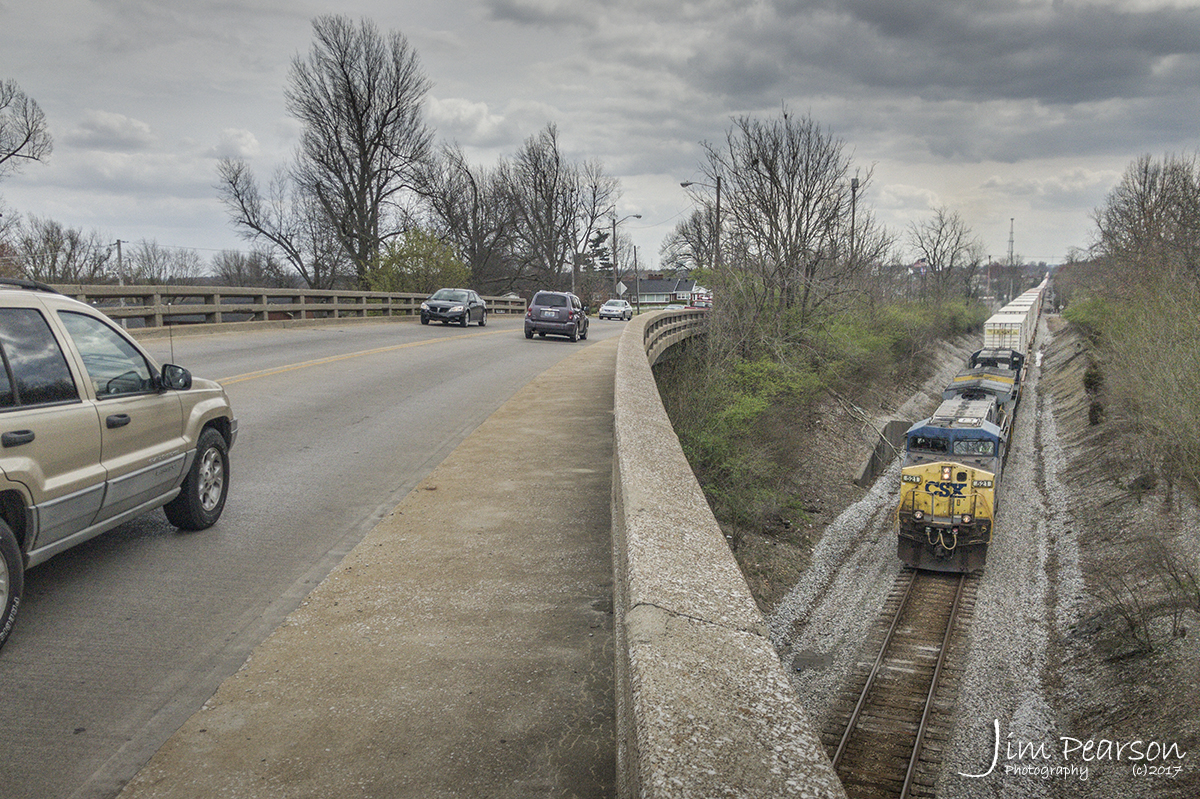
March 24, 2017 – CSX hot intermodal Q028-24 heads north at the North Main Street overpass, on the Henderson Subdivision, at Madisonville, Ky.

March 24, 2017 – CSX hot intermodal Q028-24 heads north at the North Main Street overpass, on the Henderson Subdivision, at Madisonville, Ky.
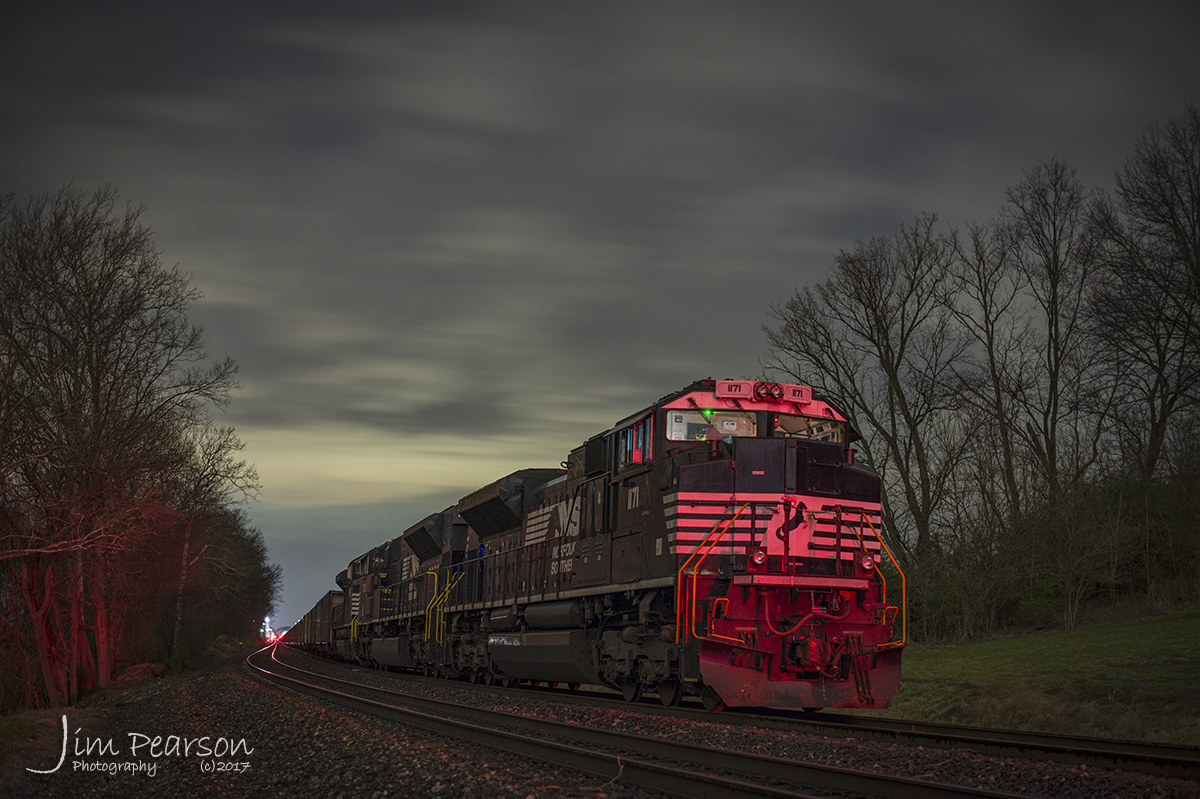
March 25, 2017 – The red light from signals light up the front of NS 871 with an empty Norfolk Southern coal train that tied down in Lyle Siding at Princeton, Indiana, waiting on a crew to take it on east on the NS Southern West district.
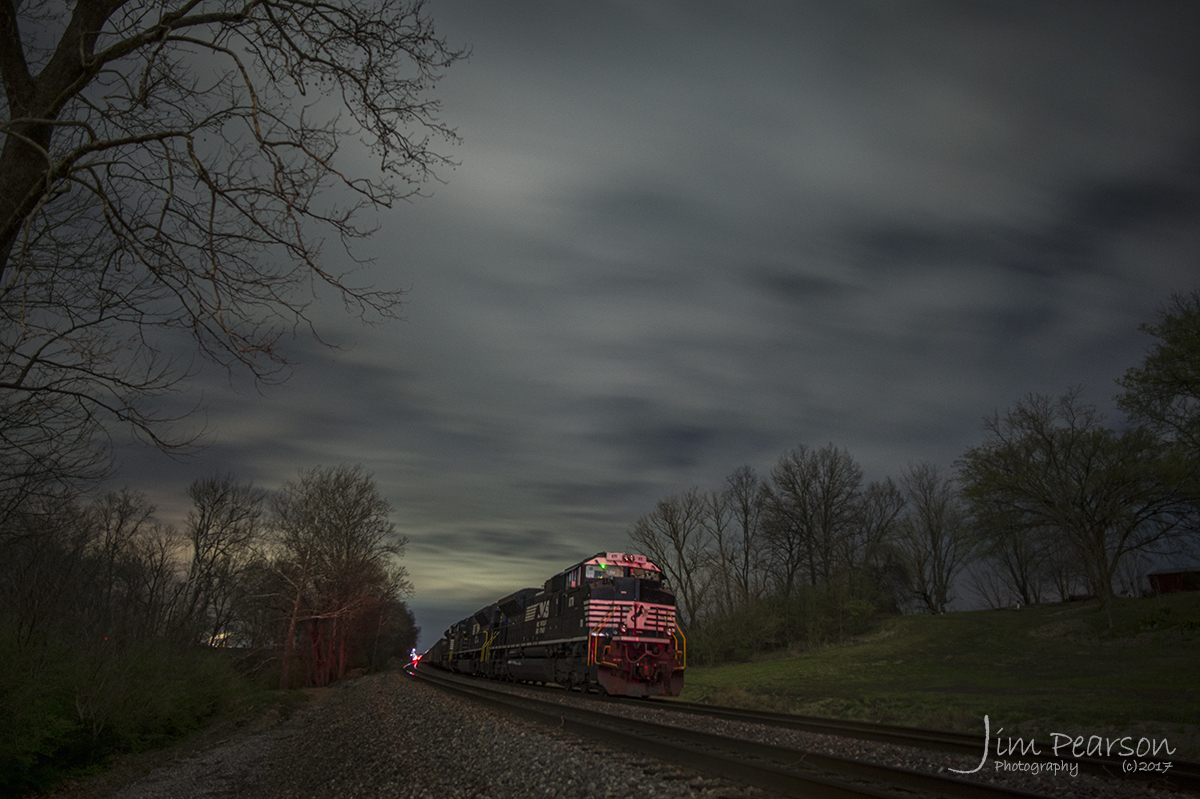
March 25, 2017 – Great time shooting some night action with fellow railfans Ryan Scott and Dave Kunkle! We caught this empty Norfolk Southern coal train that tied down in Lyle Siding at Princeton, Indiana, waiting on a crew to take it on east on the NS Southern West district. A big shout out to Dave who was gracious enough to be our “grip” last night and use his hat to cover a bothersome light on one of the RR Boxes next to the crossing!
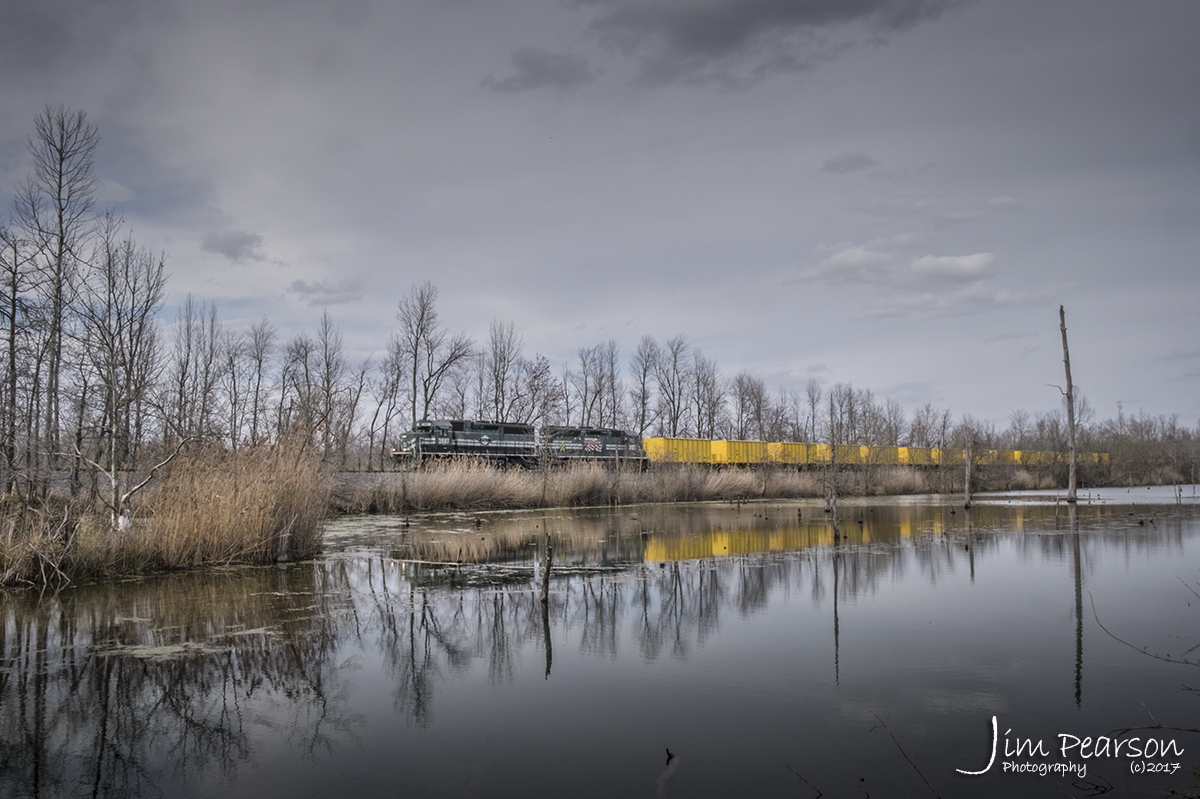
March 24, 2017 – Paducah and Louisville WW1, an empty ballast train, heads south with engines 3808 and Salute the Troops engine 2127 leading the way as it passes an area known as part of Richland Bottoms, just outside of Richland, Ky. The train was on it’s way to Grand Rivers, Ky to pickup a load of ballast.
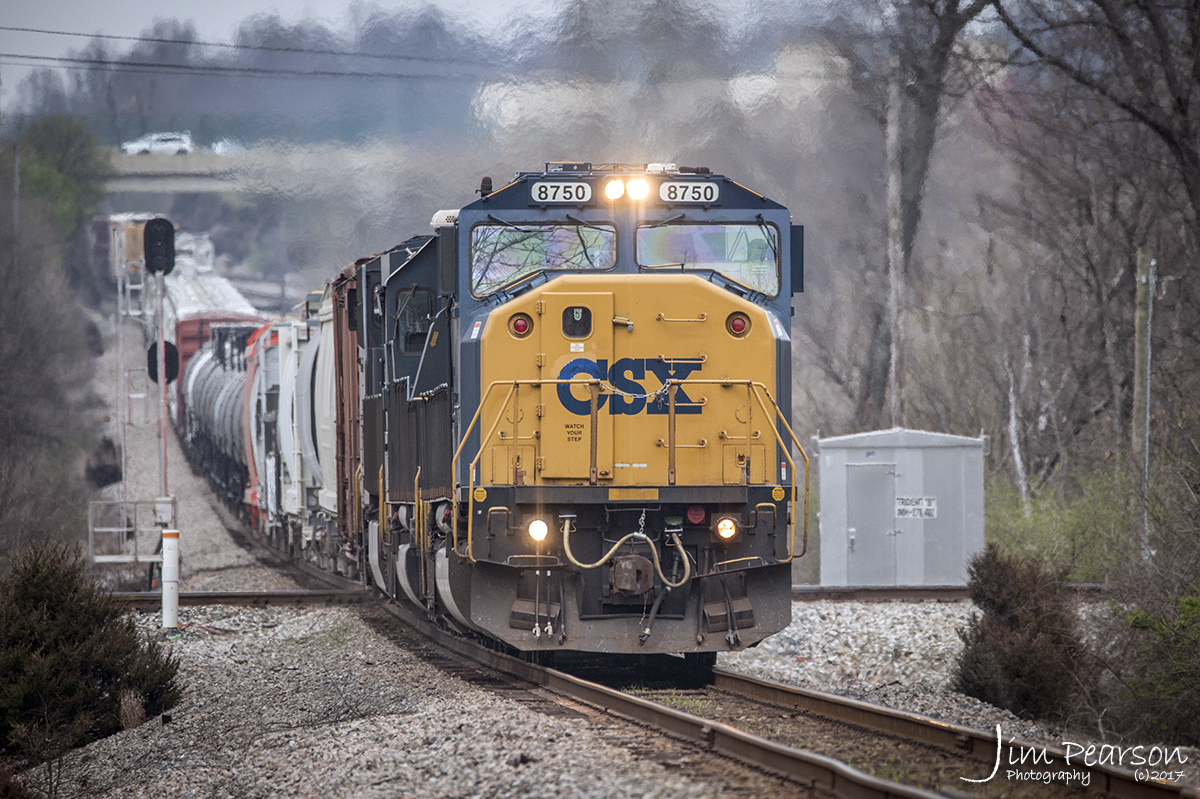
March 21, 2017 – CSX Q647 crosses heads across the diamond at Trident as it heads south on the Henderson Subdivision at Madisonville, Ky with CSXT 8750, a EMD SD60-I leading.
March 20, 2017 CSX Q294 heads north with 12 Units at Madisonville, Ky from Jim Pearson on Vimeo.
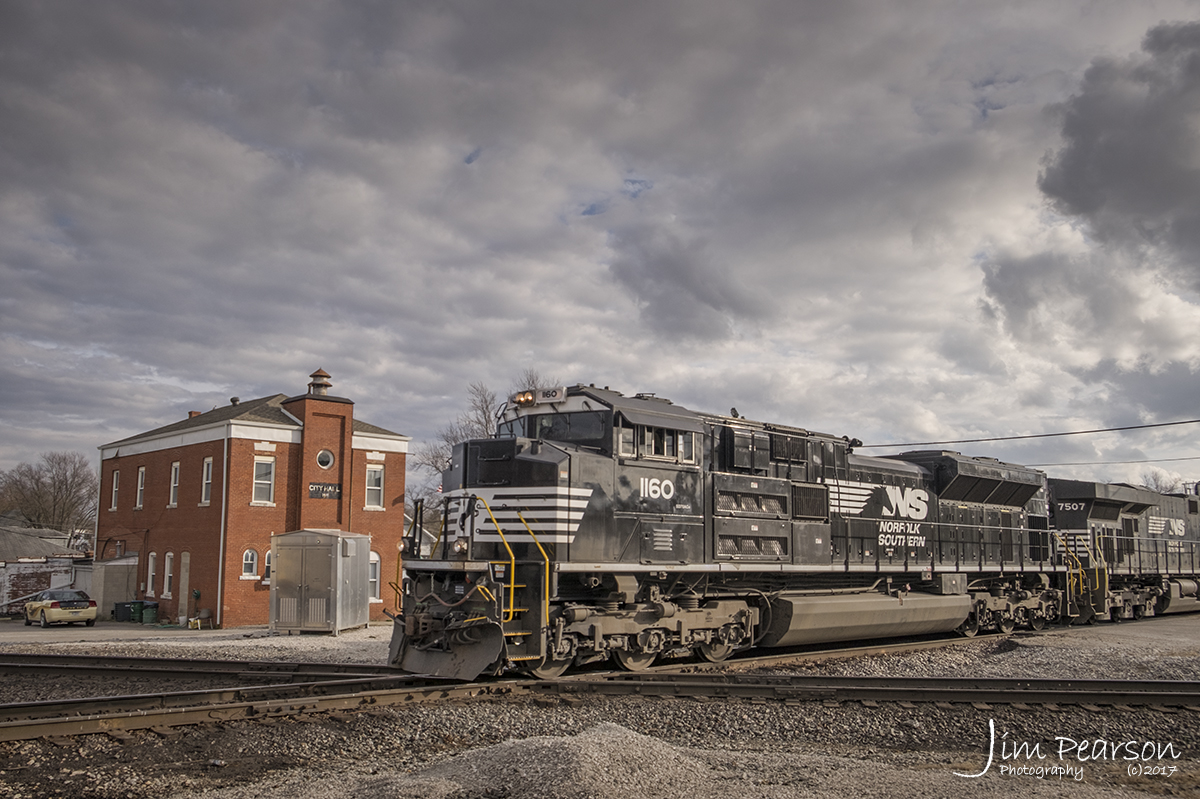
February 23, 2017 – Norfolk Southern 1160 and 7507 lead a northbound coal train over the diamond as it heads north through Oakland City, Indiana on the Indiana Southern Railroad, on it’s way to Bear Run Mine for a load of coal.
Road trips don’t always have to be somewhere far away or a long number of days on the road. As most of you know I’m pretty much hooked on trains! As such, I hit the road usually at least once a week to search for new and different train photos for my Facebook page, online sales store and also my website.
So, where did my addiction to photographing trains come from anyway?
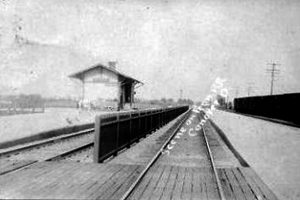
PCC & St. Louis Railroad, Conover, Ohio
Well, I can’t really say for sure, but I’ve told my sister April and others that I think it comes from when we lived in Conover, Ohio, about a block away from the Pittsburgh, Cincinnati, Chicago & St. Louis Railroad, then commonly referred to as the Panhandle Route, which was was part of the Pennsylvania Railroad system. Of course I was only about 2 when we moved from there, so my sister and others say I couldn’t remember trains from that young an age. As for me, who knows for sure.
It possibly came from our mom’s brother who was my Uncle Willard Moore, who was a yardmaster at the then L&N Railroad’s Atkinson Yard here in Madisonville, Ky. I can’t however say that I ever recall going out to the yard to visit him there, but here again I was still young. I do remember walking the spur line that went to downtown Madisonville which came out to the bulk oil plant that ran alongside of the Government housing projects where I grew up most of my young years. We’d hike the tracks to downtown which was the center of the universe for a young kid back in the day when downtown was the happening place.
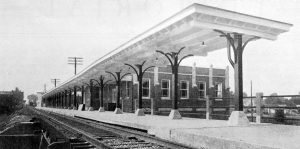
L&N Depot, Madisonville, Ky – (West Ky NRHS Photo Archive Photo from the Harold Utley Collection)
I recall passing the L&N depot when I’d walk this line with my brothers or friends. Can’t say I remember any passenger trains stopping there then, but I know they did when I was a kid.
I guess I can truly say that I recall the most when this addiction began of photographing trains, at least that I can remember for sure, was in Germany!
I had just finished a graduate course in Photojournalism at the S.I. Newhouse School of Communication at Syracuse University in 1978 where the US Air Force had sent me for training to be a Photojournalist (PJ) where I worked with Combat Camera until I retired in 1995. My first duty assignment was at Rhein Main Air Base, just outside Frankfurt Germany. This is where I met the Grant Family. Norm was our photo maintance man and he along with their son Dale and his wife Gloria, were all into trains and we struck up an instant friendship that carried us pretty much through our whole lives. Norm recently passed away, but I’m still good friends with Gloria and Dale (who is an engineer for BNSF Railway now).
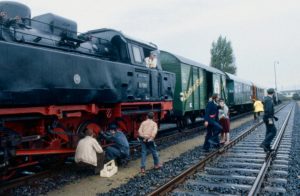
Jim Pearson watches a maintenance operation from the cab of a German Steam engine outside Frankfurt, Germany in 1979. (Photo by Norm Grant)
I can remember to this day our train trips to downtown Frankfurt’s main train station where we’d spend countless hours photographing trains from the platforms there. I guess Germany and Europe in general was the place I fell in love with photographing trains. During all my travels, in the three years I was stationed in Germany, I always included photographing trains somewhere, on a regular basis.
After I left Germany and was assigned to Norton AFB in southern California where that love of photographing and chasing trains didn’t change at all and has continued through today.
People say why and I say why not! LOL Everyone’s got a hobby of some sort and this one has served me well over the years by taking me to places I might never of gone and allowing me to make friends with fellow railfans from around the world.
That’s my story and I’m sticking to it!

Me changing film at Lepzig, East Germany during an photo assignment in the area after the fall of the Eastern Block walls and fences. (Photo by Jose Lopez Jr.)
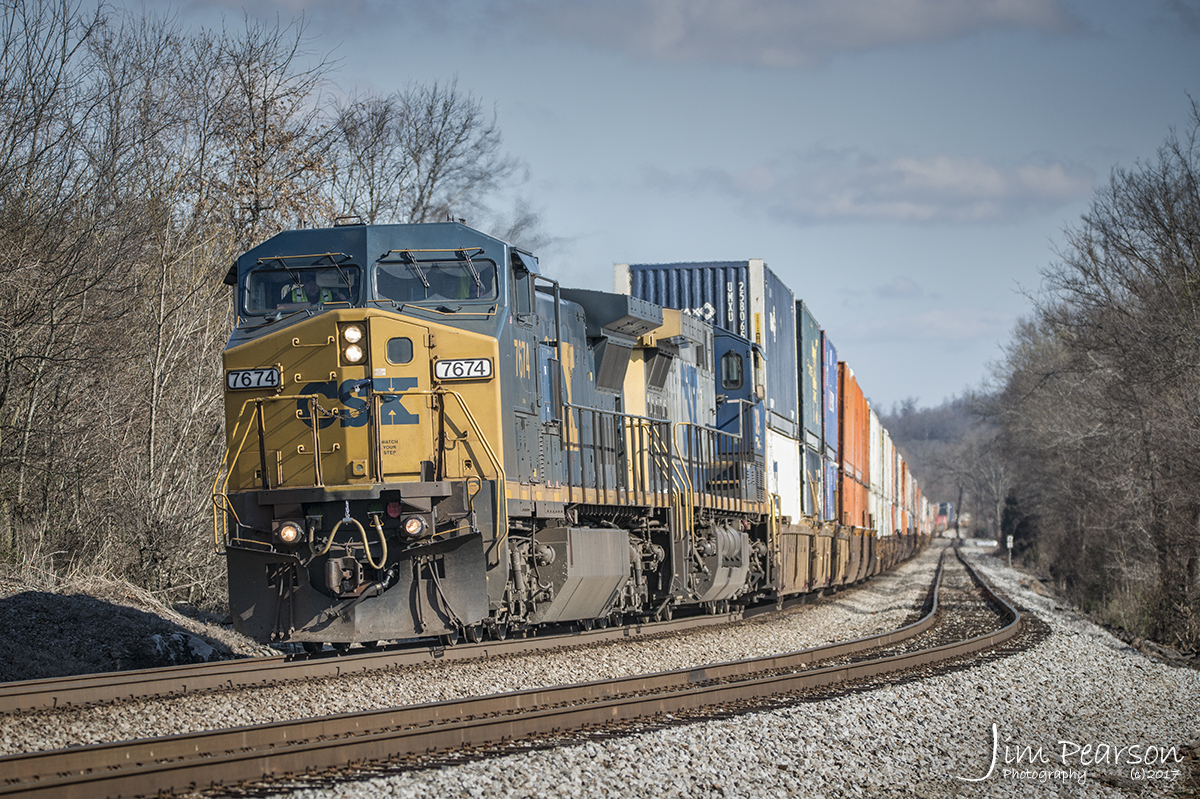
March 15, 2017 – CSX hot intermodal Q029 (Chicago, IL – Atlanta, GA) makes it’s way past the Latham Siding at Hopkinsville, Ky as it heads south on the Henderson Subdivision.
March 18, 2017 – Union Pacific Coke Train heads to Calvert City, Ky on Paducah & Louisville Railway from Jim Pearson on Vimeo.
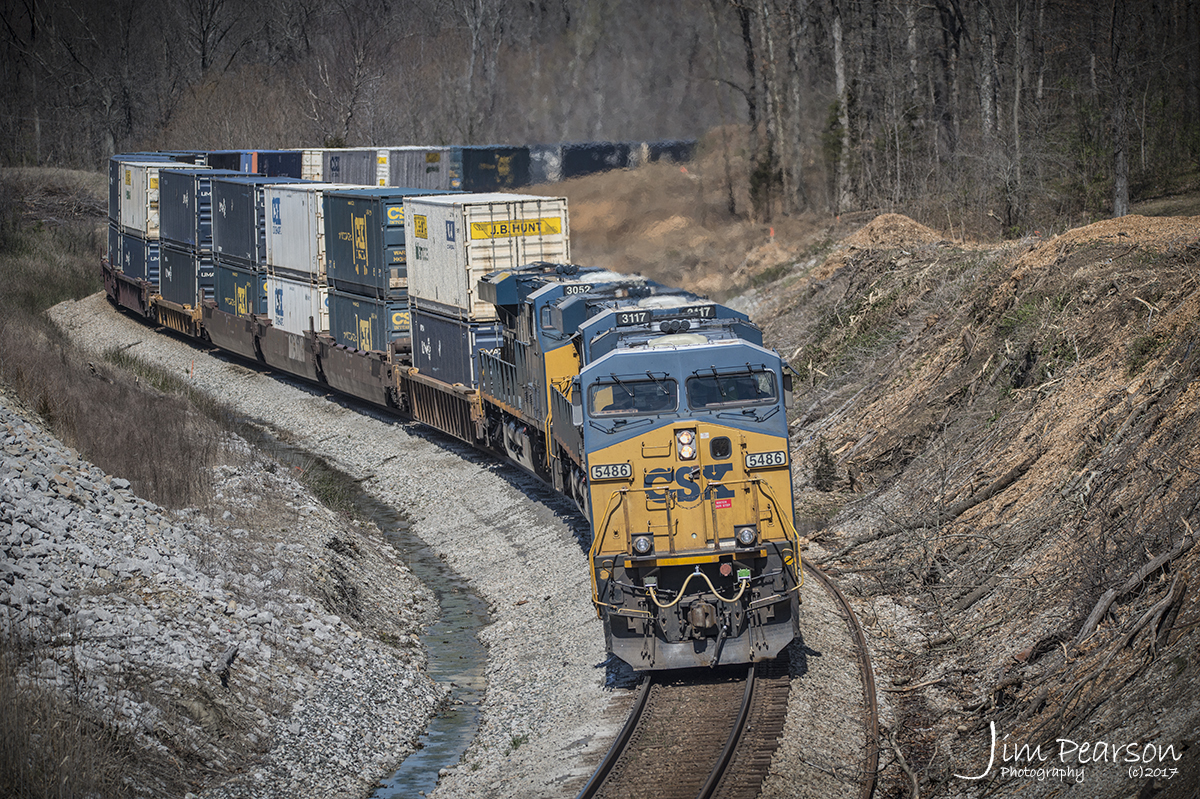
March 18, 2017 – CSX intermodal Q025 works its way through the S curve approaching the north end of Romney Siding as it heads south on the Henderson Subdivision at Nortonville, Ky.
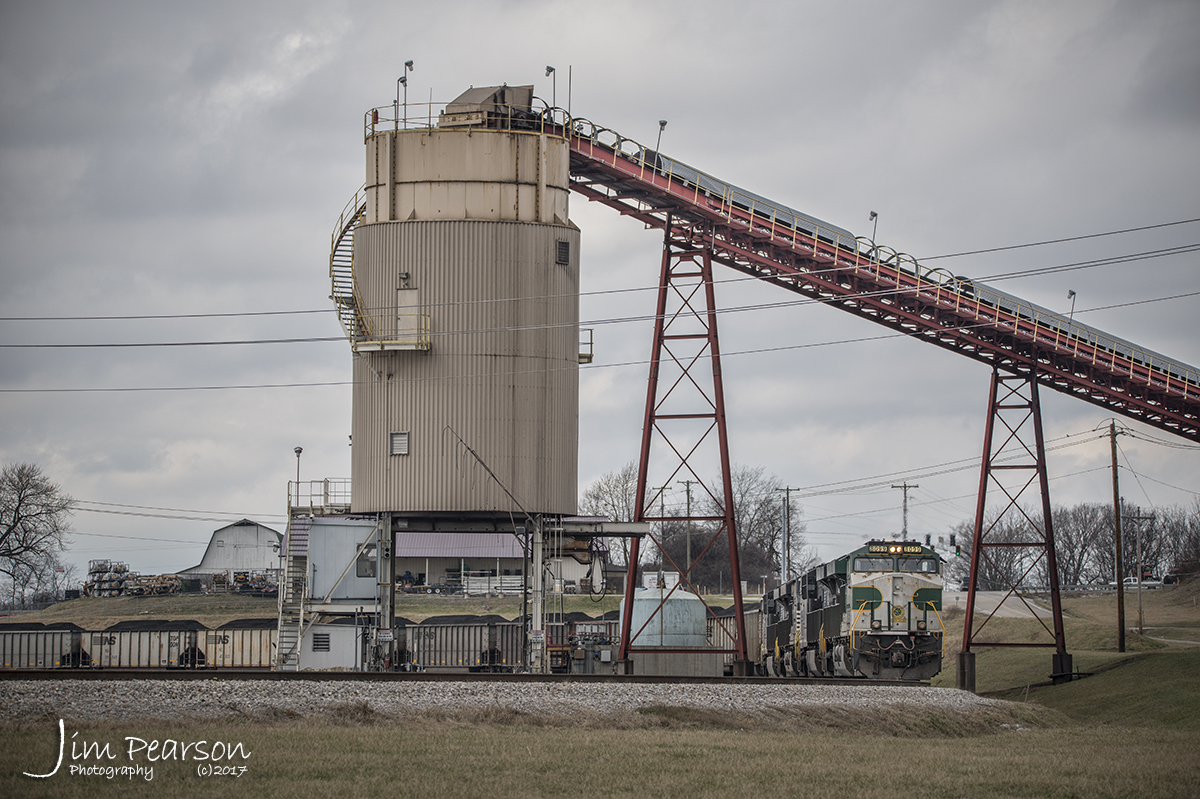
February 23, 2017 – Norfolk Southern 8099, Southern Heritage unit, with a loaded coal train (NS 816) sits waiting for recrew at Alliance Coal in Princeton, Indiana.
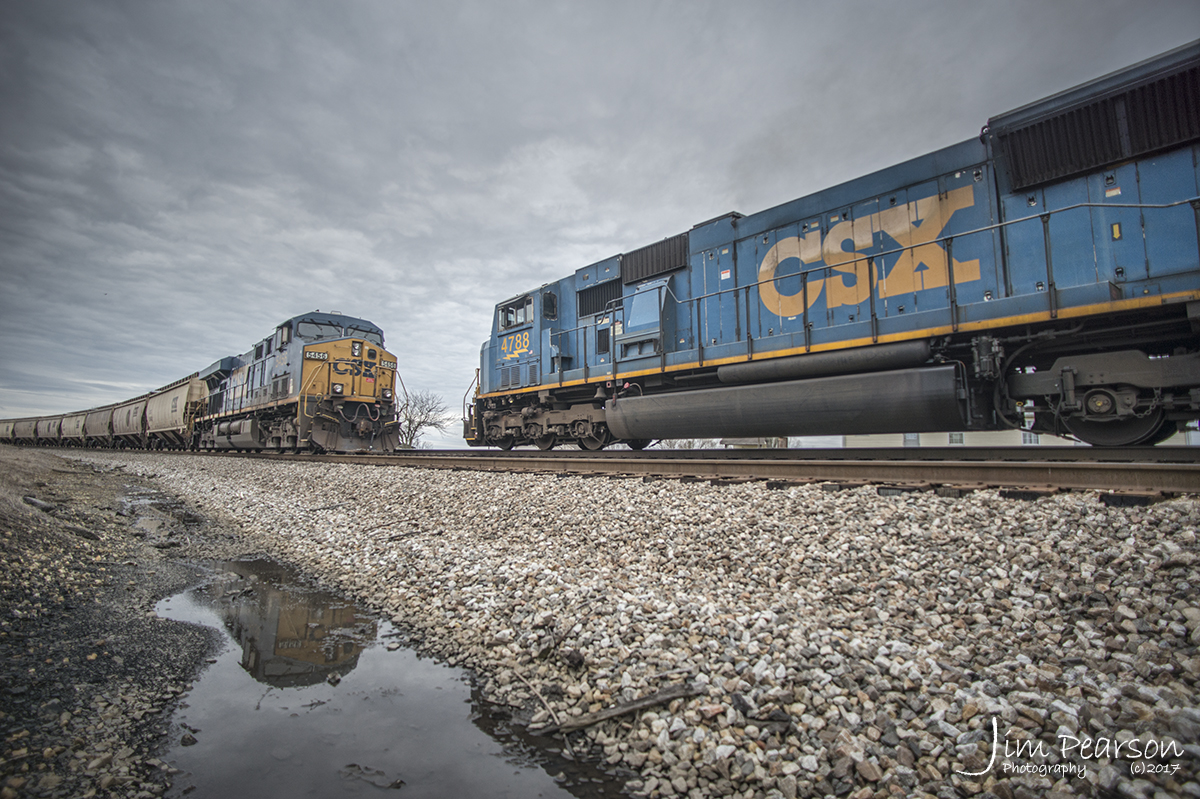
March 11, 2017 – CSX Q029 meets an empty grain train at the north end of Kelly Siding as it heads south on the Henderson Subdivision at Kelly, Ky with CSXT 4788 leading.
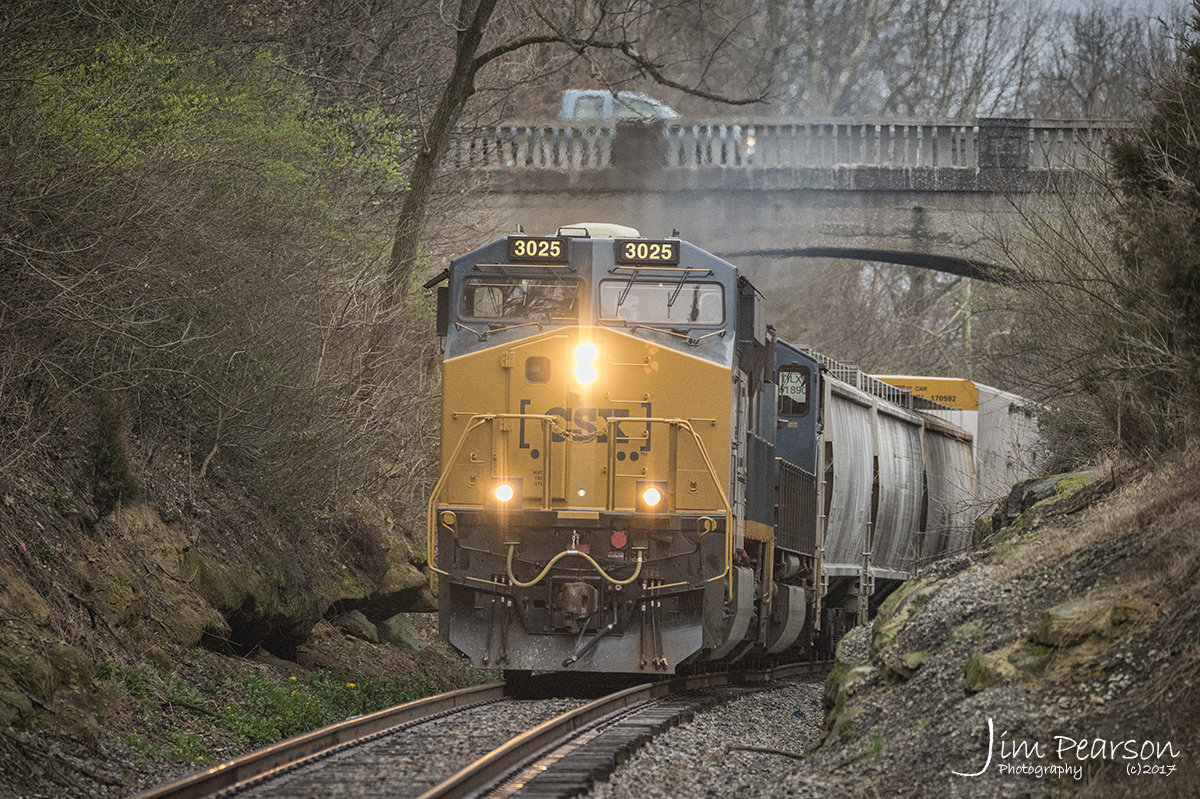
March 6, 2017 – CSX Q592 (Nashville, TN – Chicago, IL) passes under the Hwy 70 west overpass at Madisonville, Ky as it heads north on the Henderson Subdivision.
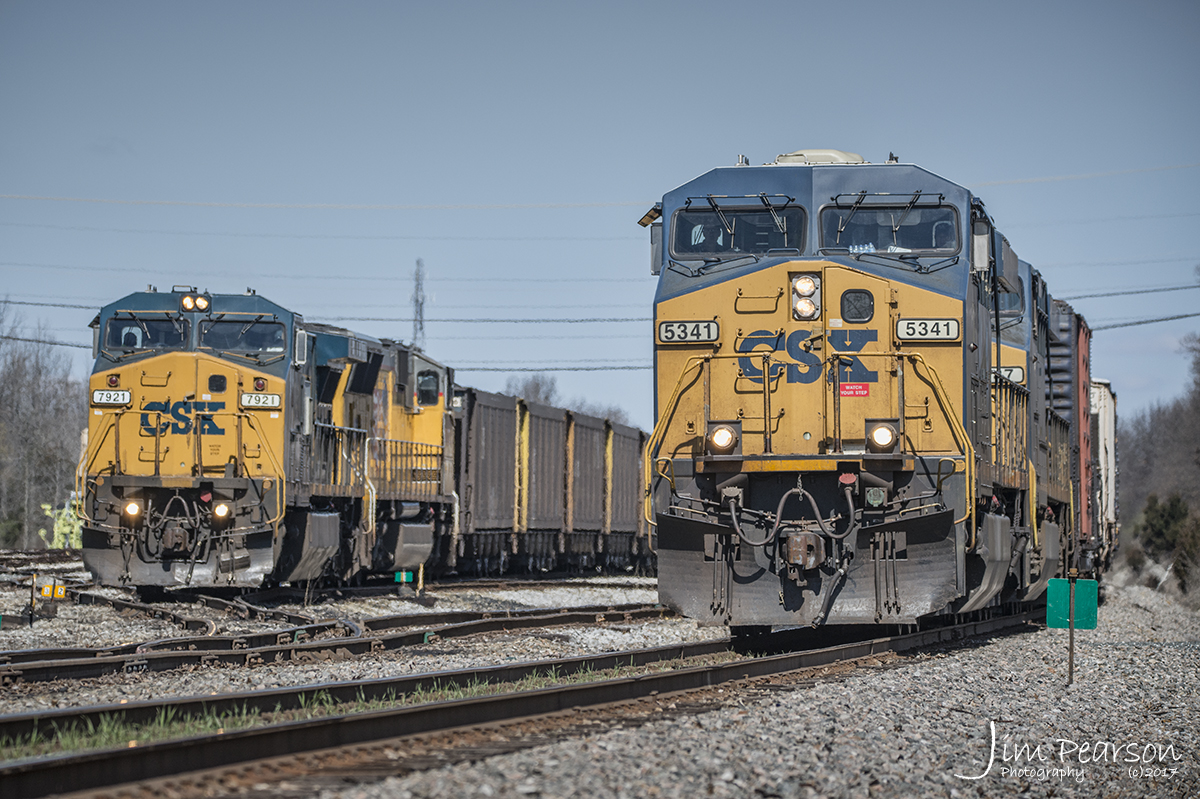
March 15, 2017 – A southbound loaded coke train sits in the yard tracks at the south end of Atkinson Yard with a Paducah & Louisville Railway crew on board, as CSX Q515 passes it on the cutoff main as it heads south on the Henderson Subdivision. The coke train then went south onto the PAL and on to Calvert City, Ky.
 This month’s photography column will be all about the equipment and software for capturing trackside videos using your smartphone.
This month’s photography column will be all about the equipment and software for capturing trackside videos using your smartphone.
From a composition standpoint video photography of trains is pretty much the same as regular still photography except of course you capture motion and can put together sequences and titles to help tell the story.
Turning your phone horizontally (to landscape mode) is the best way to record all your smartphone videos. Period! It’s much easier to handle the phone this way and you won’t see those annoying black side bars when watching your video on a large screen. Also, don’t forget that your TV and Computer Monitors sit horizontally and not vertical.
Plus, everything looks much beautiful recorded in horizontal (more room for your subject) vs. an ugly compress square. This format might be okay for Instagram photos, but not for videos.
Depending on which smartphone you have will determine the quality of your video. The newer iPhones come with 4K video resolution (a far cry from the VHS days!), which is about as high a quality you can get these days. However, you need to make sure it’s set to record in the highest quality by paying a visit to the settings on your device. Be aware, the higher the quality of your video the larger your video file is and the more space it will take. Also, it will take longer to upload if you posting it online.
Below are screen grabs where you can set your video quality on the iPhone. Not sure where it is on other smartphones, but should be somewhere under your settings.
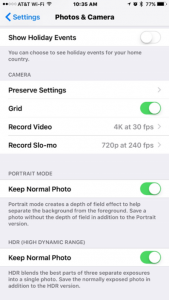 |
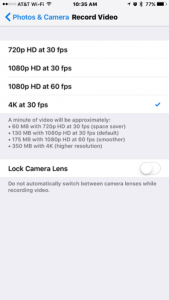 |
One sure sign of an amateur video recording (besides a video done with low lighting) is a shaky video. So, stop holding your iPhone and mount it on a stand. Working with a mounted iPhone will also prevent your shot from going out of focus.
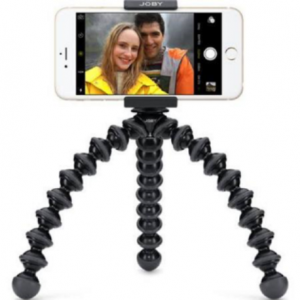 One mount for the iPhone and other smartphones is the GripTight GorillaPod stand made by Joby. This flexible iPhone mount is an ideal accessory for all videographers on-the-go.
One mount for the iPhone and other smartphones is the GripTight GorillaPod stand made by Joby. This flexible iPhone mount is an ideal accessory for all videographers on-the-go.
The stand is compact, doesn’t take up too much room and holds the phone safely and securely and can also be attached to poles and tree limbs. The GripTight mount can also be attached to most other tripods via a universal ¼” screw.
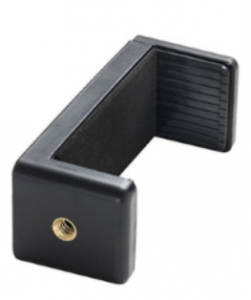 I personally use a regular tripod for my video work and attach my camera using the device below. It runs $8.99 on Amazon Prime. Click on the photo for a link. There’s many others available however if you just do a search.
I personally use a regular tripod for my video work and attach my camera using the device below. It runs $8.99 on Amazon Prime. Click on the photo for a link. There’s many others available however if you just do a search.
If you don’t have a tripod, one stabilization trick is bracing yourself against something such as a light pole or tree. Another is to bring your elbows in tight against your body, which will give you more stability. Holding your breath during shots can also help minimize shakiness if you are hand-holding the phone on a solid surface.
While editing your video on the smartphone can be done, if you’re going to be serious about your video work it’s best to do it on a desktop computer. The controls are much easier to use. There are many programs out there that allow you to do this and one’s probably already installed on your Windows computer called Movie Maker. Many others are available as well on the market. My favorite is Adobe Premiere Pro. It’s a monthly subscription software that runs about $20 a month. I do a lot of video work for my church however and so I go with this heavy-duty software. Do a Goggle search and you’ll find all kinds of software, some free and some paid.
As for editing on the smartphone itself? I use an app called Cameo a lot, but I also use MoviePro, Pinnacle Studio Pro and iMovie. Easiest way to learn to use these programs is to shoot some video and play around with them. You can also search on YouTube for the app and find tutorials there as well. Other apps that get top reviews are, Videoshop, Splice, Quik and Video Crop. There are many others however.
Many of the above apps will also allow you to shoot video instead of using the built-in camera. These apps and others such as Filmic Pro allow you to have much more control over the shooting of your videos.
If you plan on doing a lot of long videos, then I recommend getting a battery pack for whatever kind of smartphone you have. Video recording will eat the battery on your phone quick.
Also, in closing, I recommend that you don’t zoom! Most smartphones use digital zoom and the quality of your video will suffer greatly if it does. If your phone has optical zoom or you have add on lenses for your phone, then they should be fine. Digital zoom only enlarges the pixels on your phone and lowers the quality of the video and photo.
Hope this hasn’t left your head spinning too much. If you have questions, please feel free to drop me an email at jim@jimpearsonphotography.com
Here’s a link to a good video on Best Video Editing Apps for iOS
https://www.youtube.com/watch?v=KrpHWyBgYW0
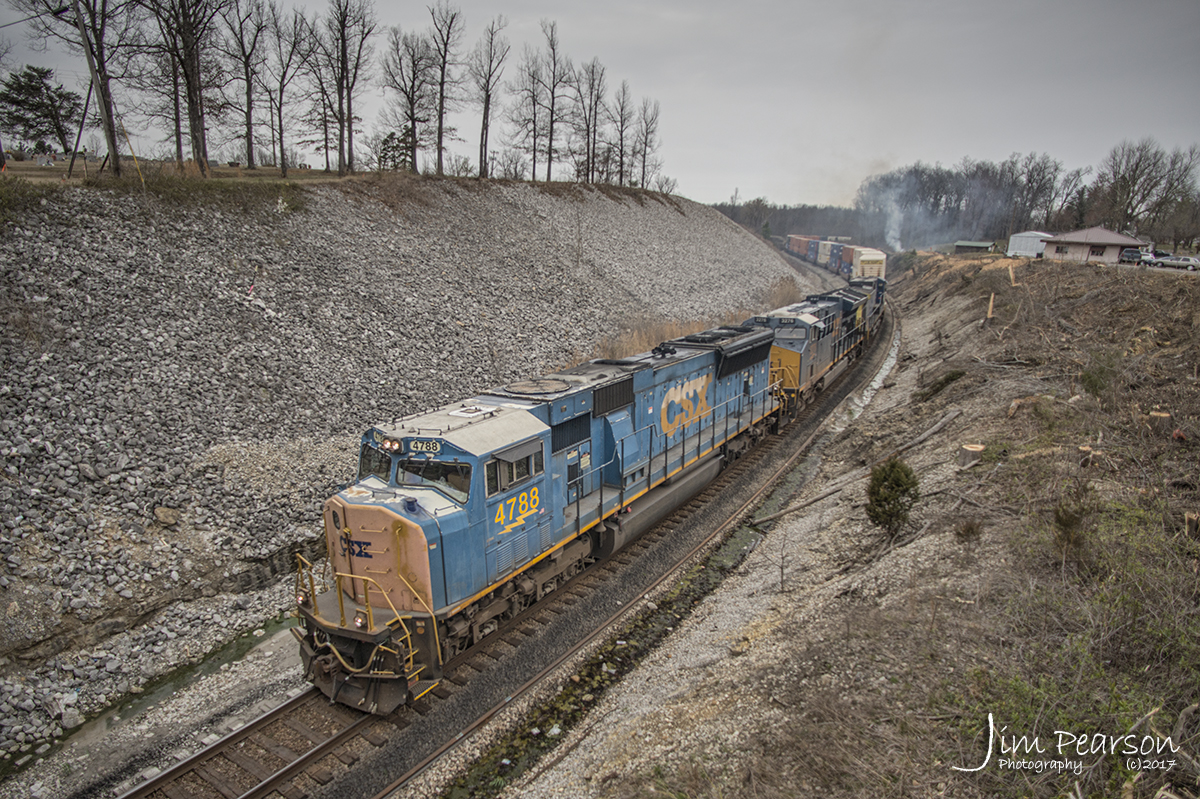
March 11, 2017 – CSX hot intermodal Q029-10 heads south on the Henderson Subdivision, as it approaches the north end of the Romney siding at Nortonville, Ky. The cleared bank to the right is part of the the work that is underway to create approximately a 5-mile double-track main that will run from the south end of Romney to the north end of Nortonville, Ky.
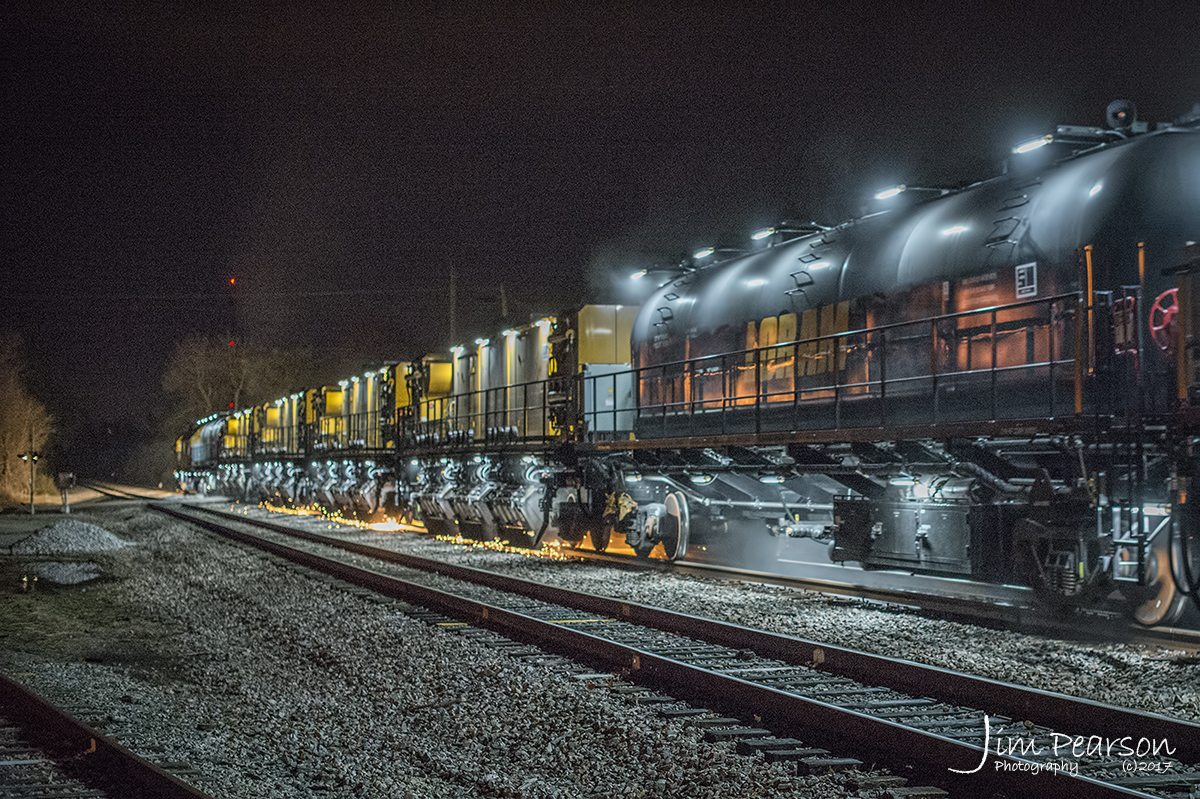
March 9, 2017 – Loram Maintenance-of-Way Rail Grinder RG414 makes its way south on the main as it grinds south through Hanson, Ky on CSX’s Henderson Subdivision. RG414 is one of Loram’s newest grinders. A railgrinder (or rail grinder) is a vehicle or train used to restore the profile and remove irregularities from worn rail track to extend its life and to improve the ride of trains using the track.